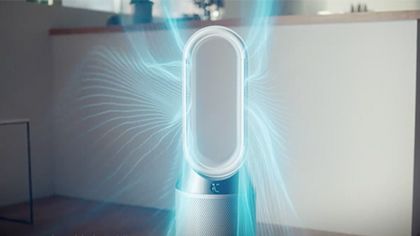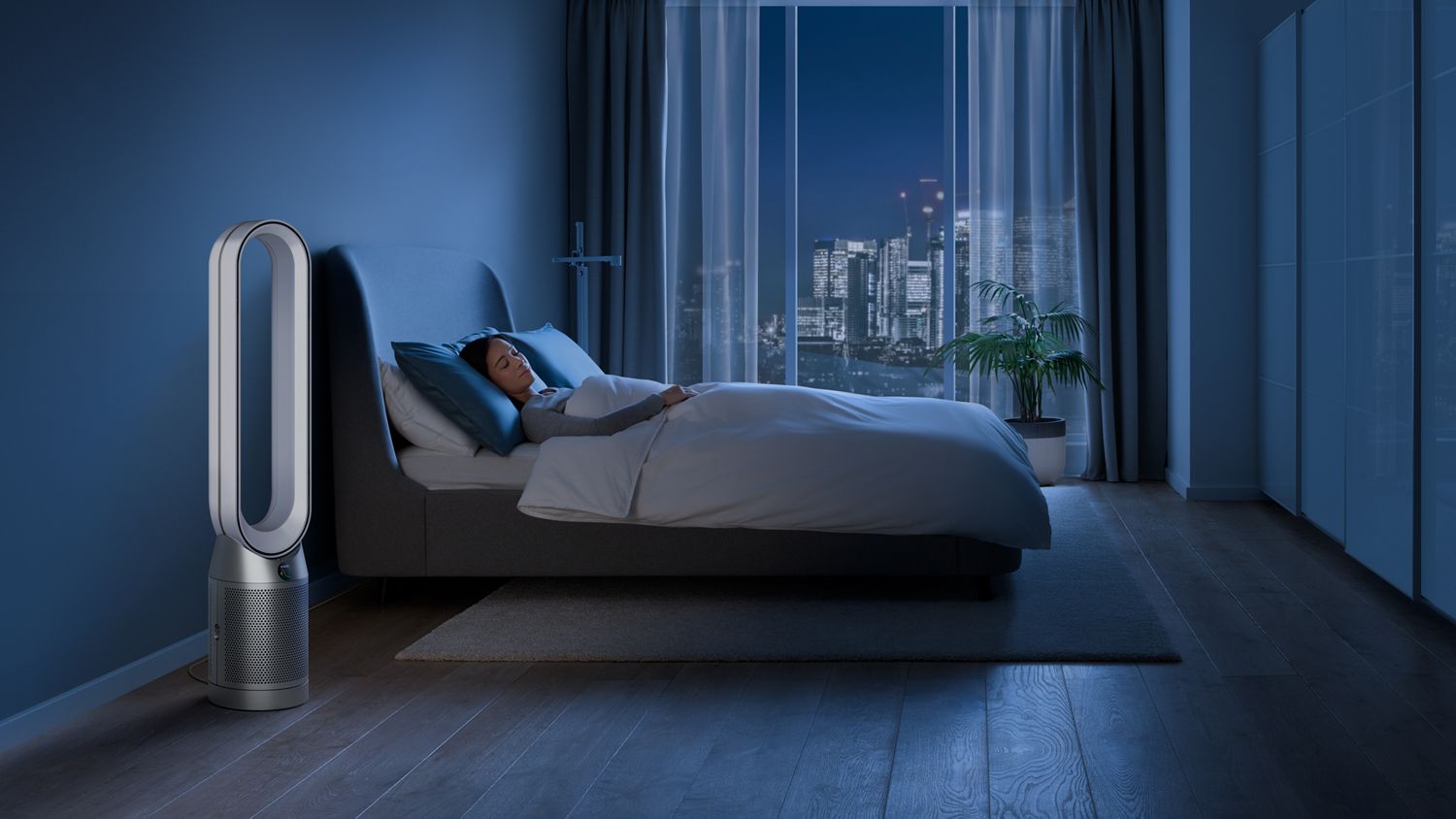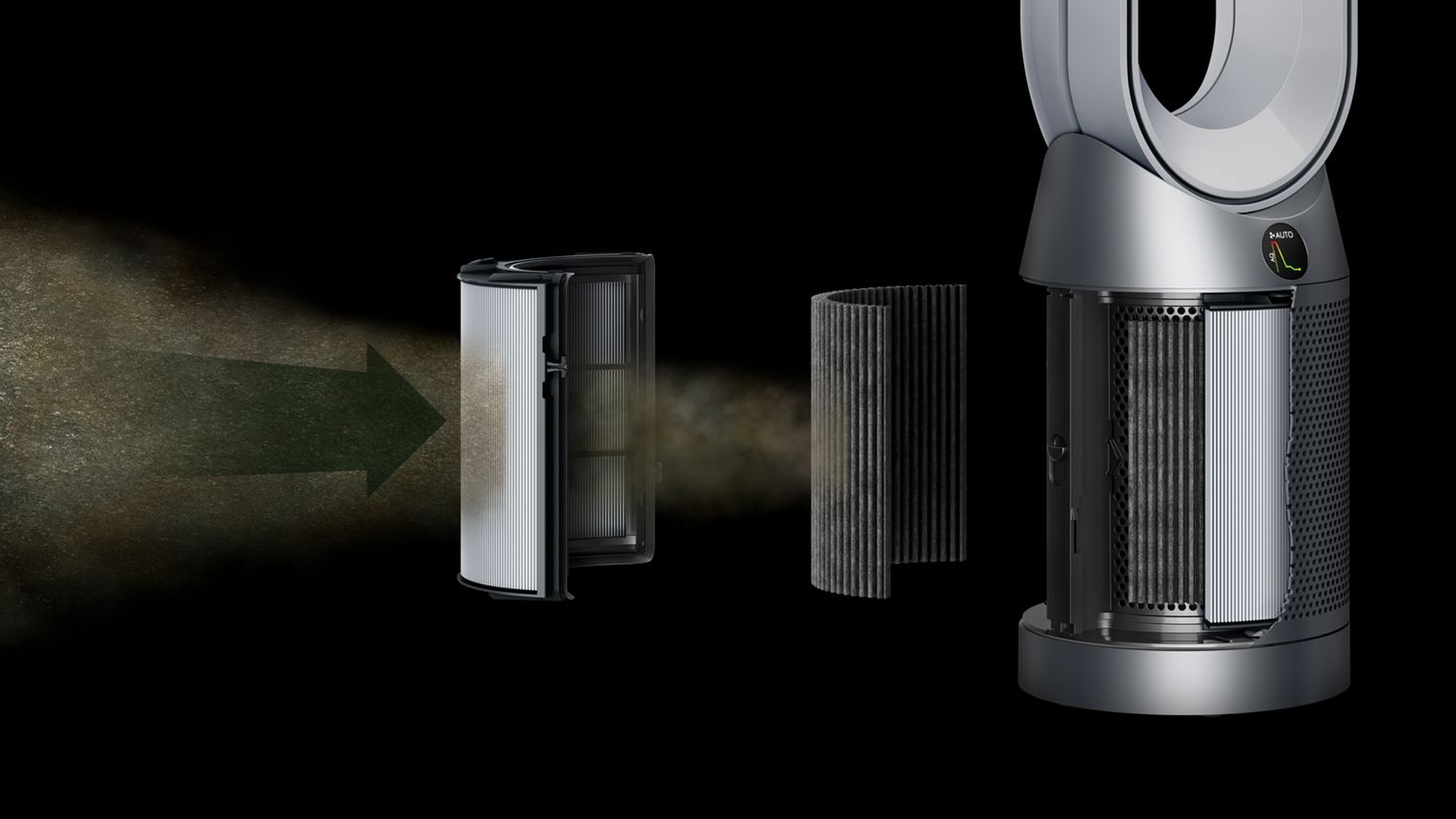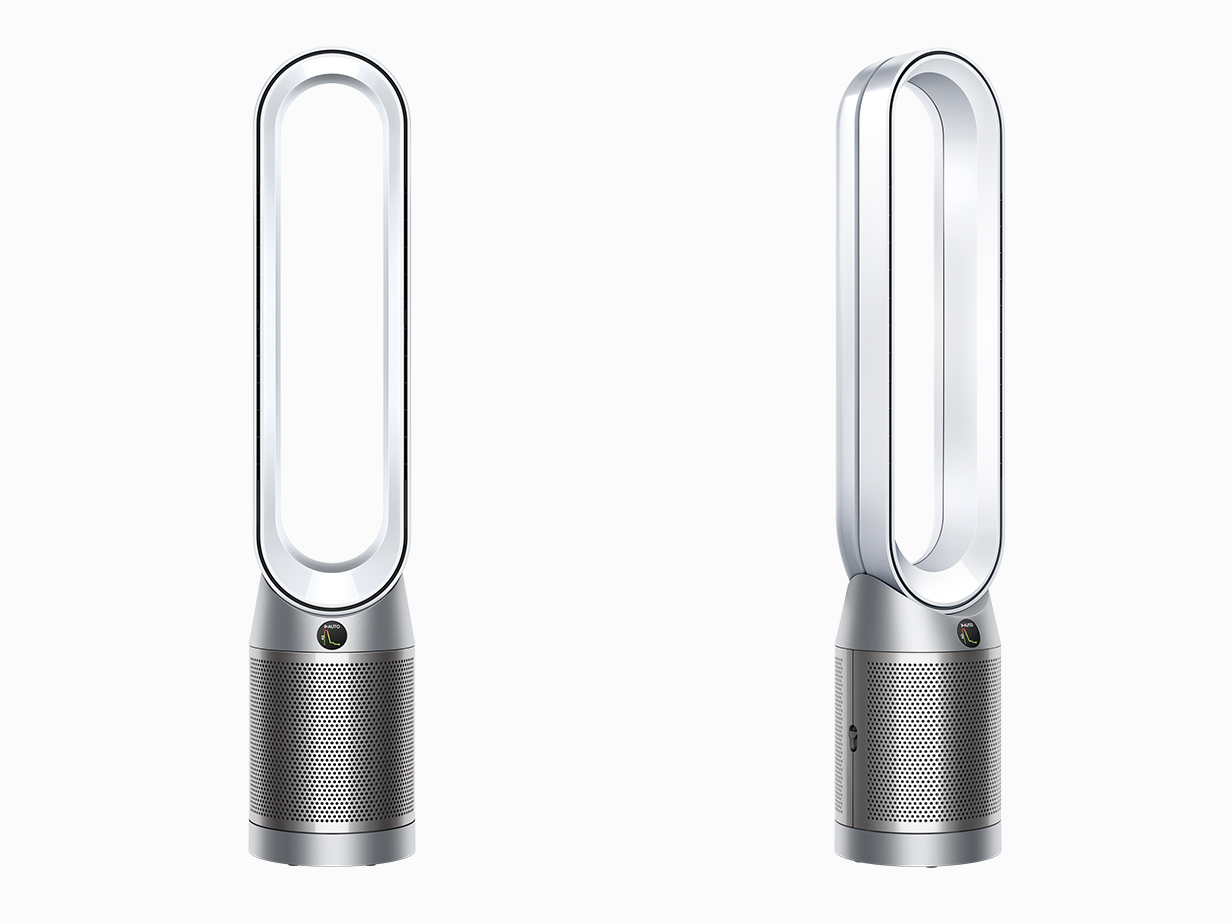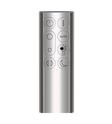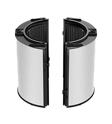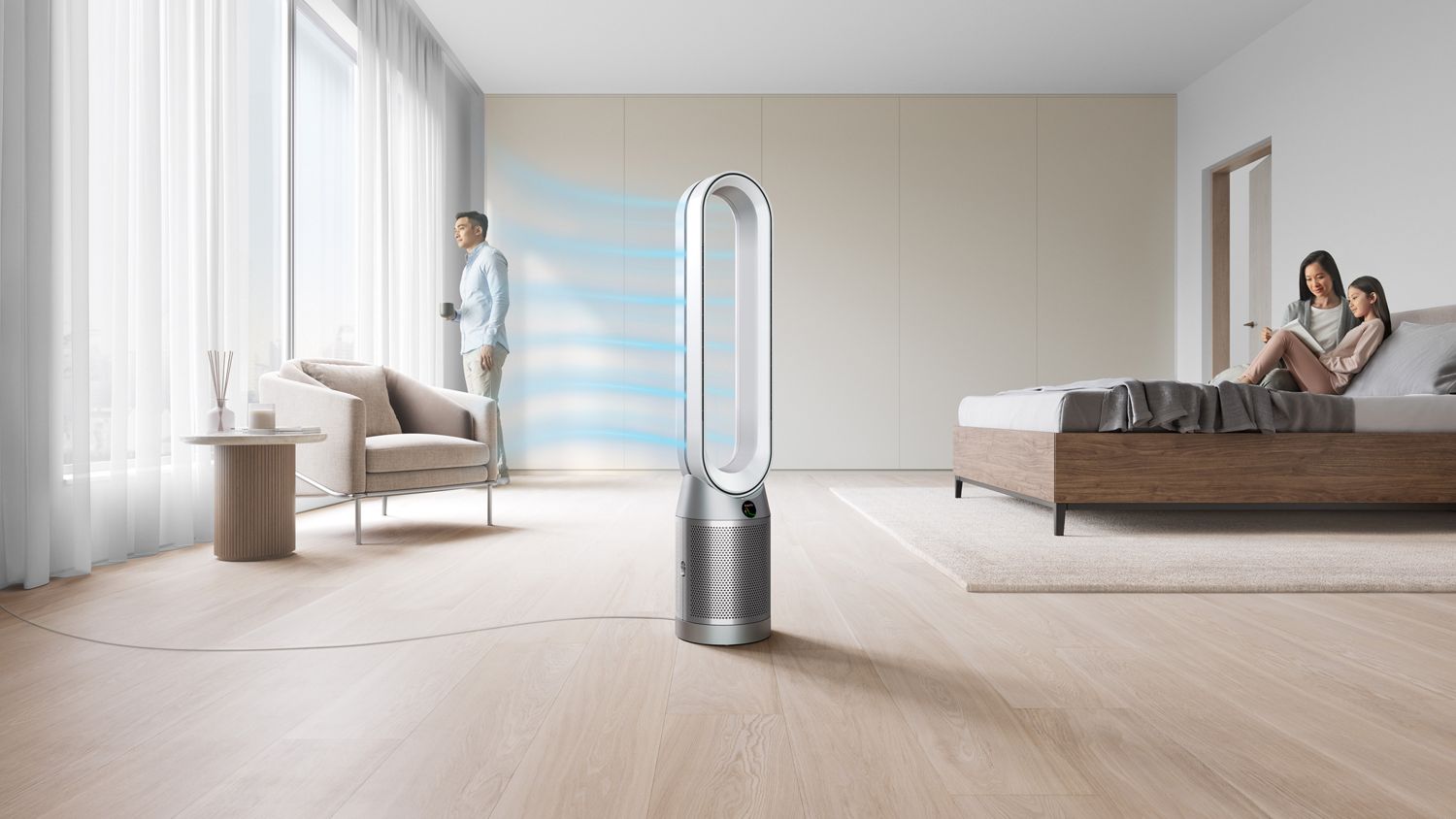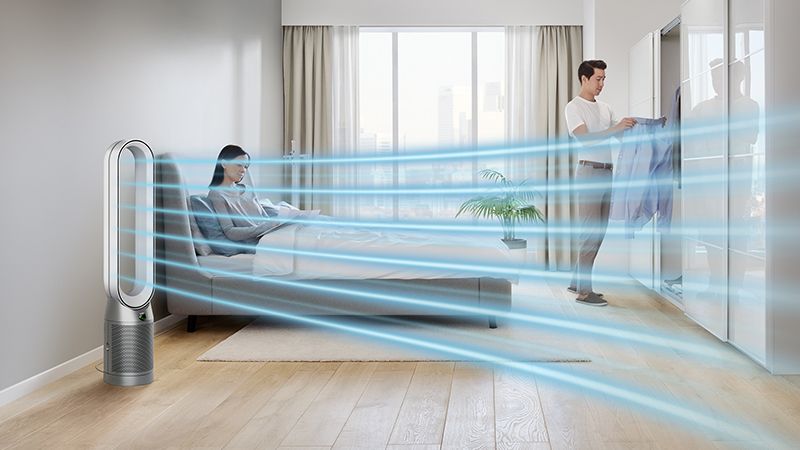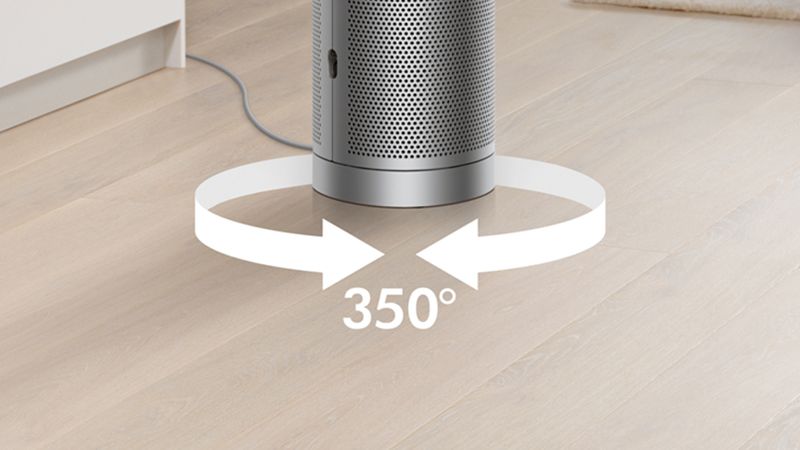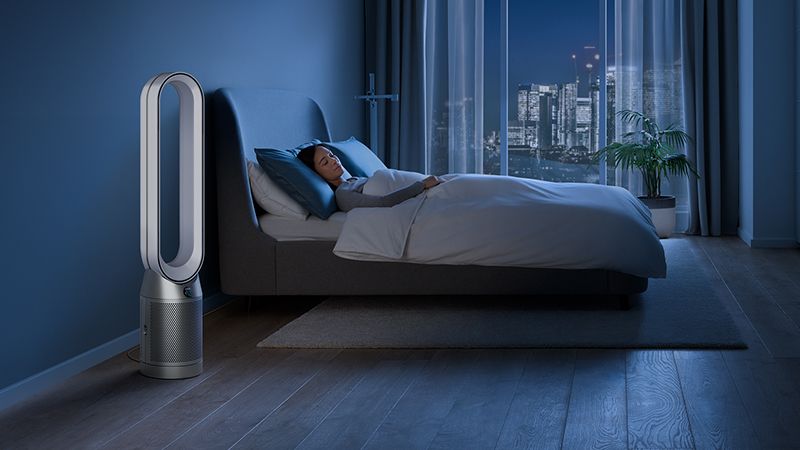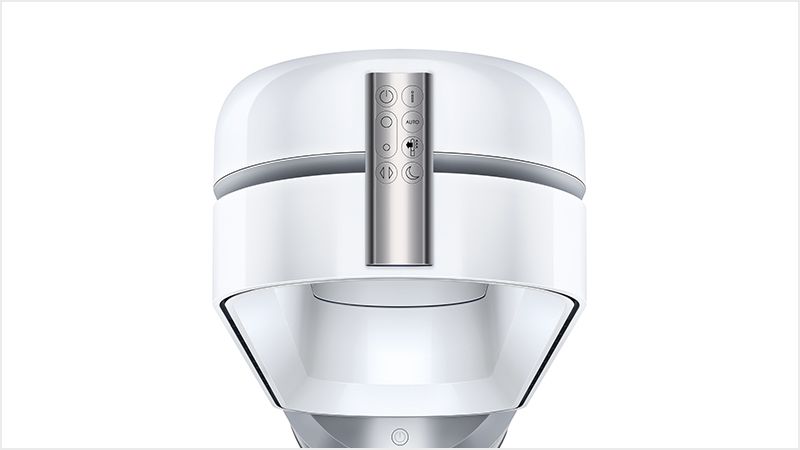Pay in 3 interest-free instalments | Free next-day delivery
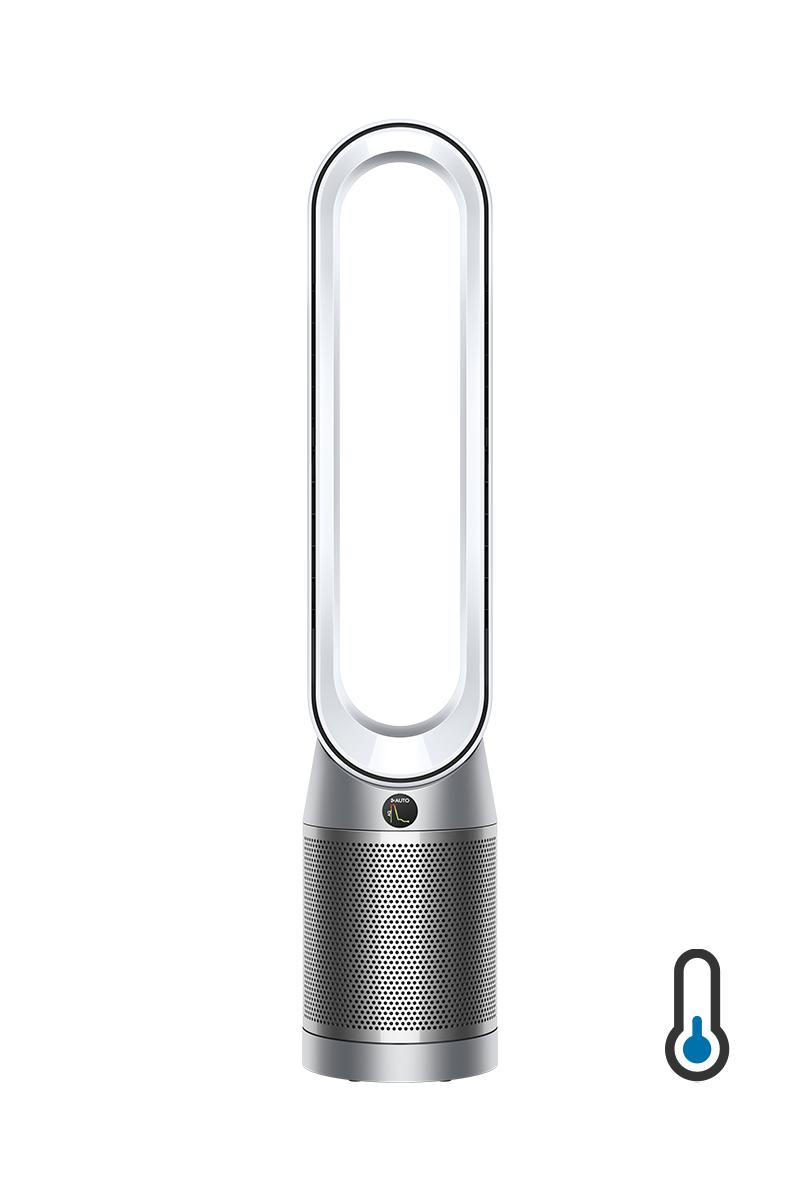
Dyson Purifier Cool Autoreact TP7A
Purifies the whole room¹ and cools you
HEPA 13 filter captures 99.95% of pollutants as small as 0.1 microns²
Control with remote. Not app compatible.
H 1050mm x L 220mm x W 204mm
In the box
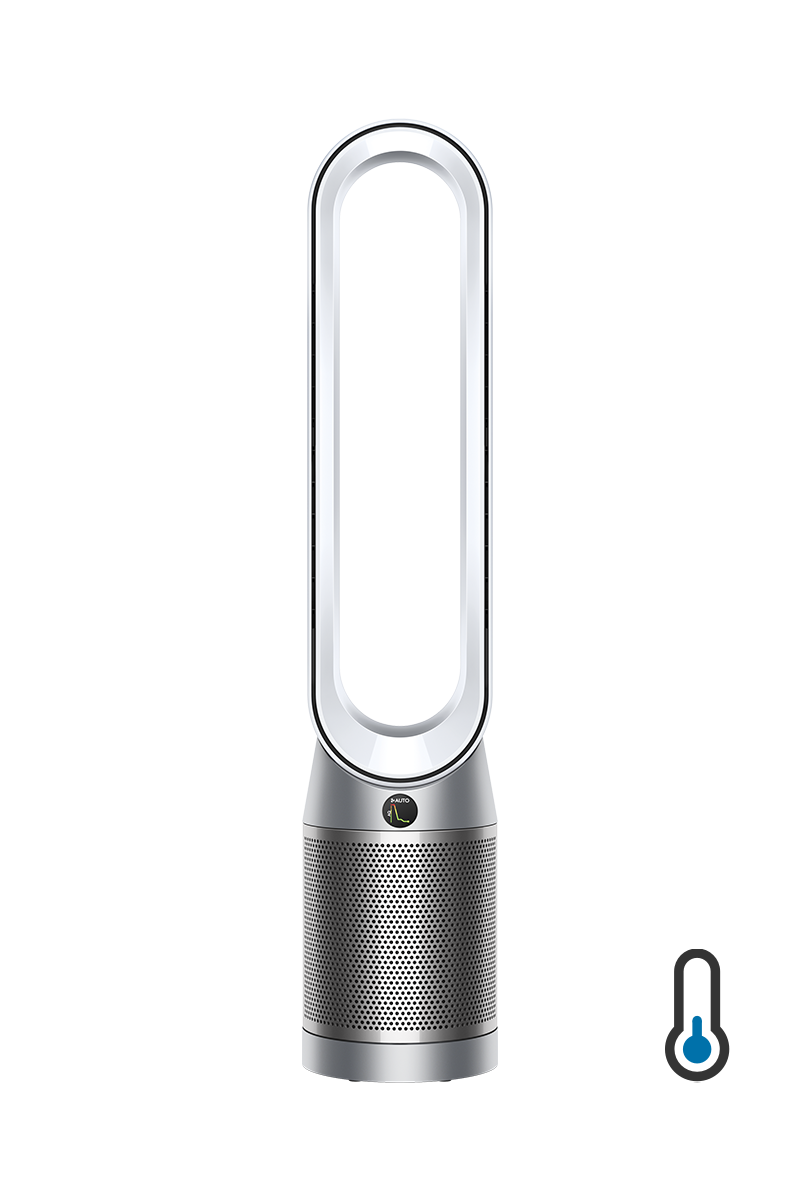
Dyson Purifier Cool TP7A Autoreact Purifying Fan (White/Nickel)
Reviews powered by Bazaarvoice
Dyson Purifier Cool TP7A Autoreact Purifying Fan (White/Nickel)
Overall rating
Features
-
Cools you⁵ in summer
In warmer weather, a powerful stream of purified airflow can cool you down.
-
Draught-free diffused mode
Diverts airflow through the back of the machine. To purify, without cooling you.
-
Now 20% quieter
Acoustically engineered to reduce turbulence, so it's 20% quieter than the previous model.
Technology
-
Senses and reports automatically
Integrated sensors constantly analyse your air, while our unique algorithm cross-checks data every second. It diagnoses pollutants at a molecular level, displaying live results on the LCD.
-
Captures gases and ultrafine particles
The HEPA H13 filter captures 99.95% of particles as small as 0.1 microns.¹ A layer of activated carbon also removes odours and gases including VOCs.²
-
Cools you in summer
In warmer weather, a powerful stream of purified airflow can cool you down.
- 1 Tested for filtration efficiency at 0.1 microns (EN1822, ISO29463)
- 2 Gas capture rates may vary.
- 3 In maximum setting. Tested for air projection, purification coverage in a 81m³ room.
- 4 Particle challenge by DEHS oil specified in EN1822 within a chamber specified in ASTM F3150. Tested in Max Mode at IBR US, for whole machine efficiency above 99.95%.
- 5 Fan; not air conditioning unit

